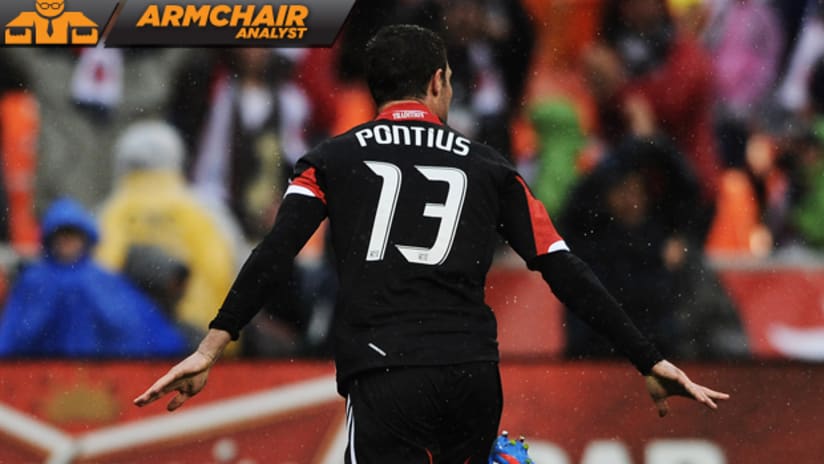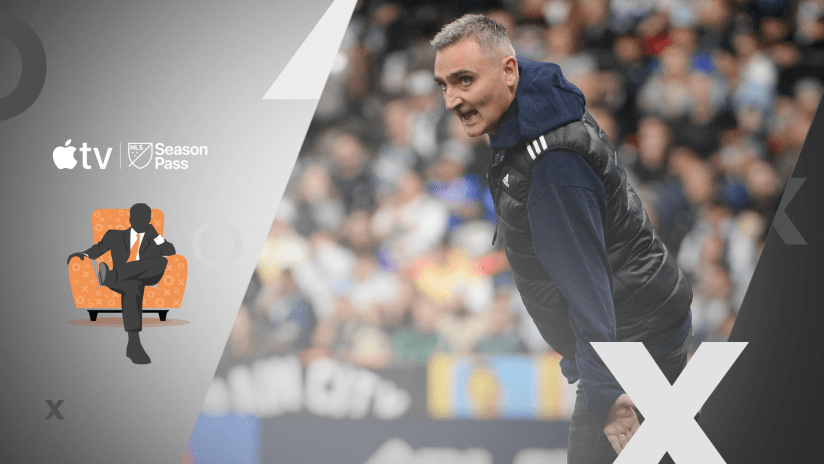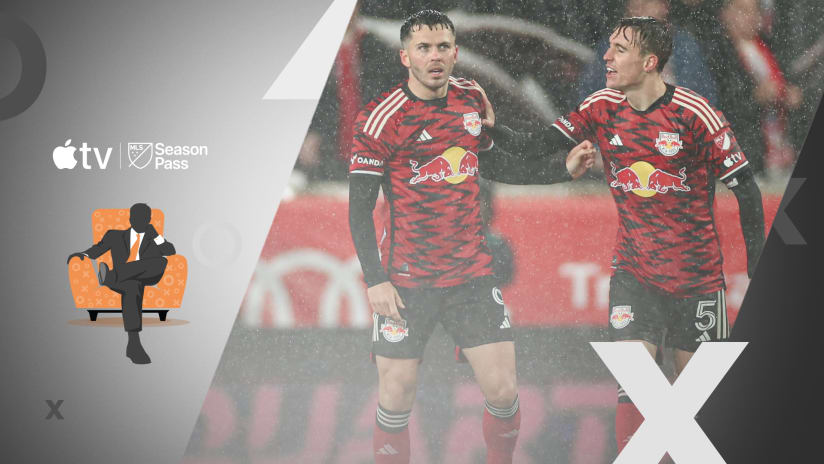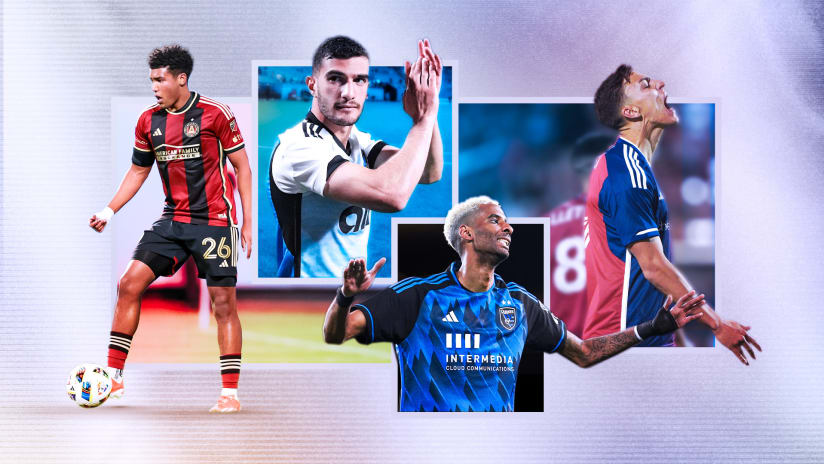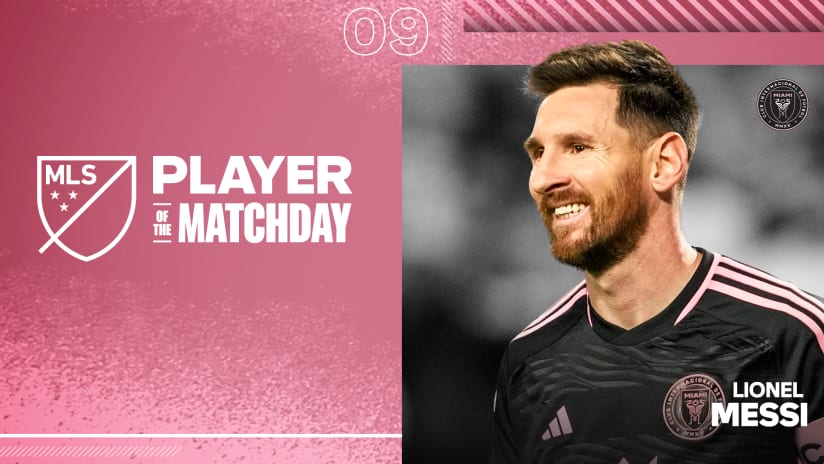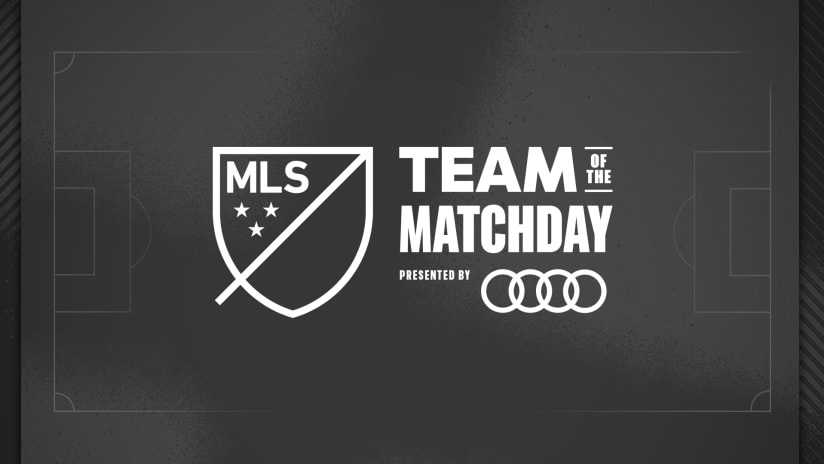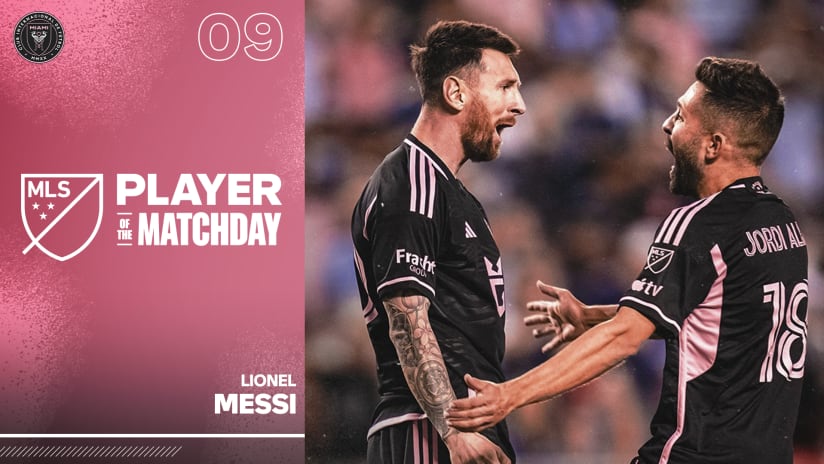MLSsoccer.com continues to take a look back at the 2012 season that was for all 19 clubs in Major League Soccer, starting with Toronto FC and ending with the Supporters' Shield-winning San Jose Earthquakes. You can find the schedule and comprehensive reviews for each team here.
2012 record: 17-10-7 (58 points); 53 GF / 43 GA (+10 GD)

2012 in Review: D.C. United
Q&A with D.C. United's Ben Olsen
Opta Spotlight: McDonald among MLS' elite CBs
WATCH: 2012 D.C. United goals
There was this play you would see all the time in MLS, back in, say 1998 through 2008ish. Your team would be on its heels with a bunch of black and red pushing you for a goal. And you’re sitting there in the stands willing your side to hold on for dear life, and let’s just get out of here with a point, and hey, if we steal a goal, that’s awesome, too.
But then somebody gets sloppy, and your guys forced a turnover, and suddenly you’re on your feet, screaming your lungs out because even though it’s 60 yards from goal, you already see the counterattack happening. This is the chance teams live for.
You know that the guy with the ball is going to slow up, draw the defense and let them push him wide to the right side of the box. You know that the first runner – the other forward – is going to go hard diagonally for the far post. And you know that run’s going to open up the near post for the third man (cue the music), the central midfielder who busts his rear all game long from March through November and maybe gets six good looks at goal all year, and this is going to be one of them. There’s nothing D.C. United can do except hope that your guys misses, because this is how professional teams run counterattacks.
And then your guy – your third man – is on the ground, eating a facefull of RFK Stadium dirt. There’s a ref 15 yards away who had a good view, but since the breakout is still technically on, he’s not going to blow the whistle. And the three-on-three has turned into a two-on-four as everybody slows up for just a second, and by the time your boys are in the final third a weak, hopeful cross to the back post is cleared harmlessly over the touchline.
For D.C. United, it’s danger averted. For you, it’s at least five straight minutes of cursing out the stadium, the field, the ref, God, and most of all, Ben Olsen. Because he’s the SOB who absolutely hammered your man behind the play, committing a foul that didn’t exactly stop the counterattack, but rather cut down its probability of success by about 85 percent.
I hated Olsen as a player because of plays like that, which I call “Olsen-ing.” (Watch from 3:35 to 3:54 of this video as Paulo Nagamura "Olsens" Chris Rolfe). It’s also why I knew he’d be a great coach.
WATCH: DeLeon starts and finishes it
Both he and United took a big step toward solidifying that opinion with their 2012 season, putting together a third-place regular season finish and a matching run to the Eastern Conference Championship.
They improved incrementally as the season went along, learning the “professional” parts of the game for which Olsen was known (and loathed) outside of D.C. during his playing days, while also building one of the most fun attacking teams around. Adding Nick DeLeon to Chris Pontius and Dwayne De Rosario, moving Andy Najar to right back, figuring out a central midfield combination that worked … at times it was almost unfair, especially with their ability to beat defenders with the ball in isolation.
But that group (most of them, anyway) fell short of the playoffs in 2011. In 2012, they took their lumps but gave out more, and beneath it all was an air of pragmatism that Olsen practically oozed during his career. He wasn’t dirty the way Dema Kovalenko was, and wasn’t often overly physical. He just knew what he’d be able to get away with to tilt the odds in his side’s favor, and two MLS Cups, three Supporters’ Shields and a US Open Cup title say he was pretty good at it.
What does this mean for D.C. in 2013? Well, their skill guys are all ready to put a guy into the turf if they need to, and Perry Kitchen is one of the best two-way midfielders in the league at just 21 years old. Their defenders are all under 30, Bill Hamid can win you strings of games at a time and, well, they might be signing Luís Fabiano. Which means Wondo’s going to have some Golden Boot competition.
So yeah, I like D.C. United’s chances next year. We’ll call their formation a 4-2-3-1, and even if it’s Lionard Pajoy as the “1” instead of Fabiano, they’ll still find a way to be pretty good.
And in the process, you’ll probably remember why you spent a solid decade loving the way they played, but hating the way they won.

